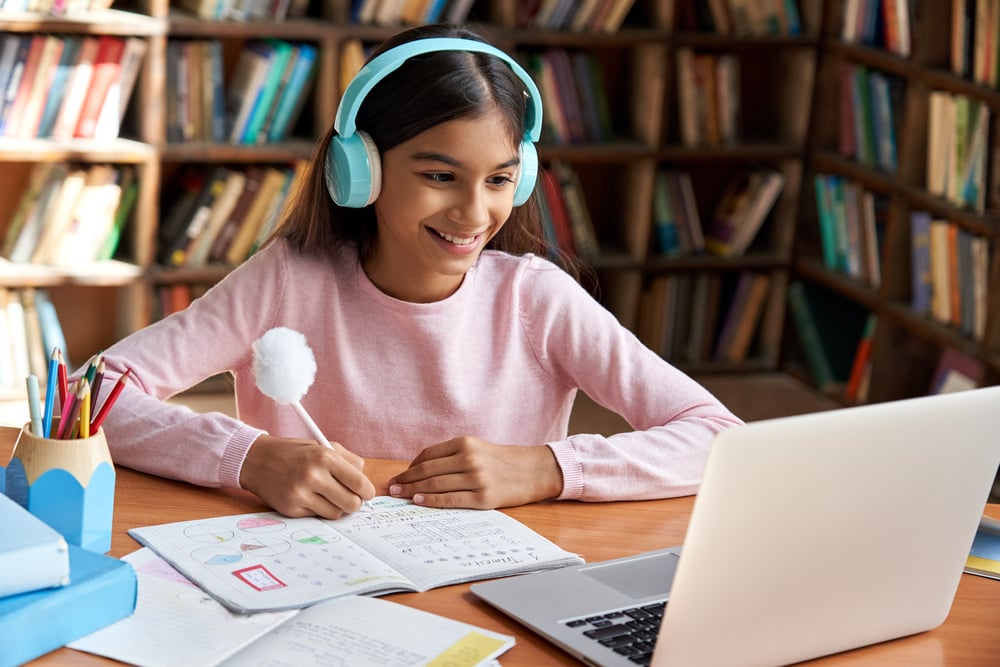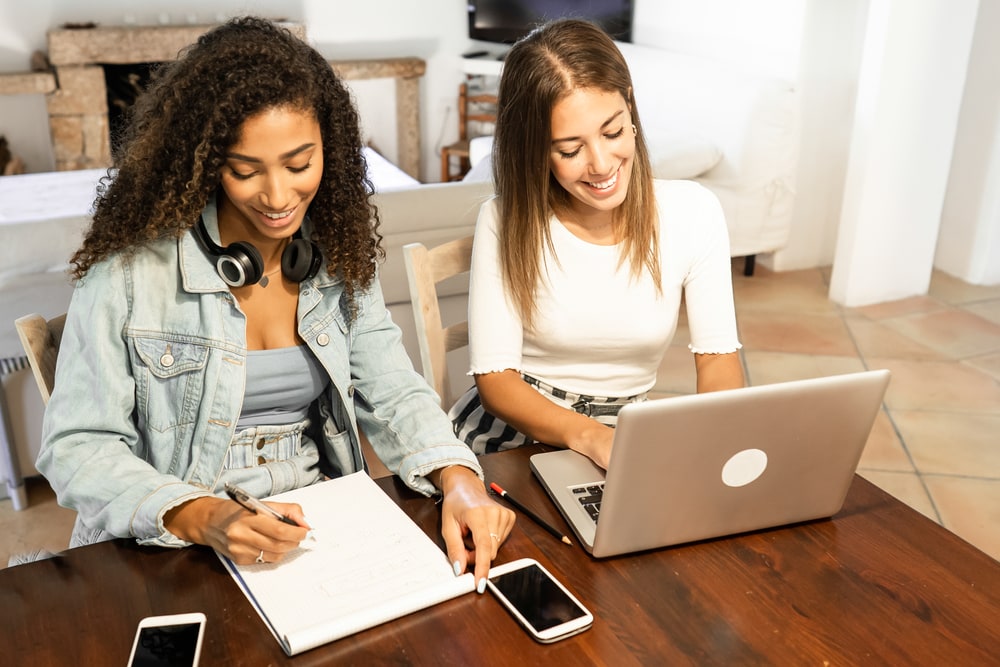When you have ADHD, it’s easy to get discouraged from studying. It requires a ton of focus and motivation, and when it comes to an activity you’re not excited about, that doesn’t come easy. Studies show that middle school students with ADHD tend to earn lower grades and turned in 12% less assignments than their peers. This doesn’t mean that you have to study more – you just have to study differently.
Your brain is different after all, so you’ll be learning differently when you have ADHD. So, here are some tips on for studying with ADHD.
1. Treat yourself
ADHD people aren’t lazy, they’re dopamine deprived. Dopamine is a chemical linked to our motivation and focus, and people with ADHD have lower levels of it. Because of this, ADHD brains are biochemically unable to gain reward from doing mundane, everyday activities like neurotypical brains can. This is why people with ADHD are prone to procrastination and get distracted easily when doing things they are uninterested in.
When your internal reward system is broken, how do you get anything done? By giving yourself external rewards! This means treat yourself for every small step you are taking, so that way you are motivated to get to the next step. Some examples of how to do this are:
- Put small pieces of your favorite candy (e.g. jelly beans) next to every paragraph of the page you are reading. Every time you finish the paragraph, you get to eat the candy. Use this tip in moderation, and keep your sugar intake in mind.
- For every page of math homework you finish, you can play with your pet for 5 minutes.
- Every section of an essay you finish, you can go on social media for 5 minutes.
Whatever gives you a healthy dose of dopamine, pairing it with a duller activity can be both productive and satisfying.
2. Allow yourself more time
Did you know that students with ADHD actually spend more time studying each day than neurotypical students? According to a 2019 study, adolescents with ADHD spent more time studying and less time playing, watching TV, and using computers. This is because when you’re easily distracted and lose focus, it can take longer to get through an assignment than it would for other neurotypical students.
Because of this, make sure to allow yourself more time to get your studying done. For in-school disability assistance, individualized educational plans and 504 plans can give you accommodations such as extra time, breaks between test sections, quiet places to take tests, etc. Strategize with your teacher on how to set yourself up best for success.
3. Pace yourself
On top of giving yourself more time, remember to pace yourself. Studying shouldn’t be a sprint, it’s a marathon. Don’t deplete the already low reserves of dopamine you have and give yourself frequent breaks.
Many prefer pacing themselves through longer study sessions with the Pomodoro method. Its primary goal is to better create focused time, and prevent mental fatigue and burnout.
Here’s how to do it:
- Set a timer for 25 minutes and do your best to study continuously until the timer stops. Once it stops, stop at a comfortable place in your studies.
- Set a timer for 5 minutes and enjoy your break! After the timer stops, set a timer for 25 minutes of uninterrupted work. Repeat the cycle.
- After 4 cycles of this, set a timer for 20 to 30 minutes for a longer break.
If you’d like the convenient assistance of technology, there are many apps out there that set this up all for you; no physical timer needed. Keep in mind, while this is the traditional way to do the Pomodoro technique, feel free to adjust the times to what works best for you. You know your needs best after all!
4. Find a body double
We don’t mean someone to stand in for you, we mean a study buddy to keep you accountable. ADHD body doubling is when you have a person by you to help you focus on the task at hand. While there isn’t extensive research as to why body doubling works, external motivators are clearly helpful for those with ADHD. A body double can be a great anchor for distracted individuals, especially knowing that someone is relying on them to get their work done.
Try your best not to make them another distraction though! Facetime or go to the library with a friend who you trust to keep you accountable. Or, ask one of your family members to sit with you as you work and to keep you on track.
5. Use your learning style to your advantage
Take a moment and think back to the times that you felt like you were learning the best. While different education models may classify categories differently, there are 3 basic learning styles:
- Visual. This is when you learn best when you’re looking at it. As opposed to written or spoken instructions, pictures and graphs make the most sense to you. This type of learner may benefit if they draw graphs, charts, and pictures related to the concept they’re learning and visualize concepts in their mind rather than memorizing words.
- Auditory. This is when you learn best by listening. Listening to lectures help the most in retaining information for them. This type of learner may benefit from recording lectures to listen to later, reading text out loud, and discussing the concept with a classmate.
- Kinesthetic. This is what many would call a hands-on learner. They learn best through experience, movement, and touch. This type of learner may benefit by highlighting/writing words, moving as they study, touching or interacting with physical objects, and doing physical demonstrations.
Remember, study smarter, not harder. The best study techniques for ADHD are the ones that personally work best for you. As soon as you learn to work with your ADHD instead of against it, your grades are sure to improve in no time!
Beachside Teen Treatment Center is a rehabilitation haven for teens struggling with substance abuse and co-occurring mental health issues. We pride ourselves on providing diverse, individualized treatment plans catered to every client’s needs and goals. For more information on our programs and services, contact our admissions team today.



